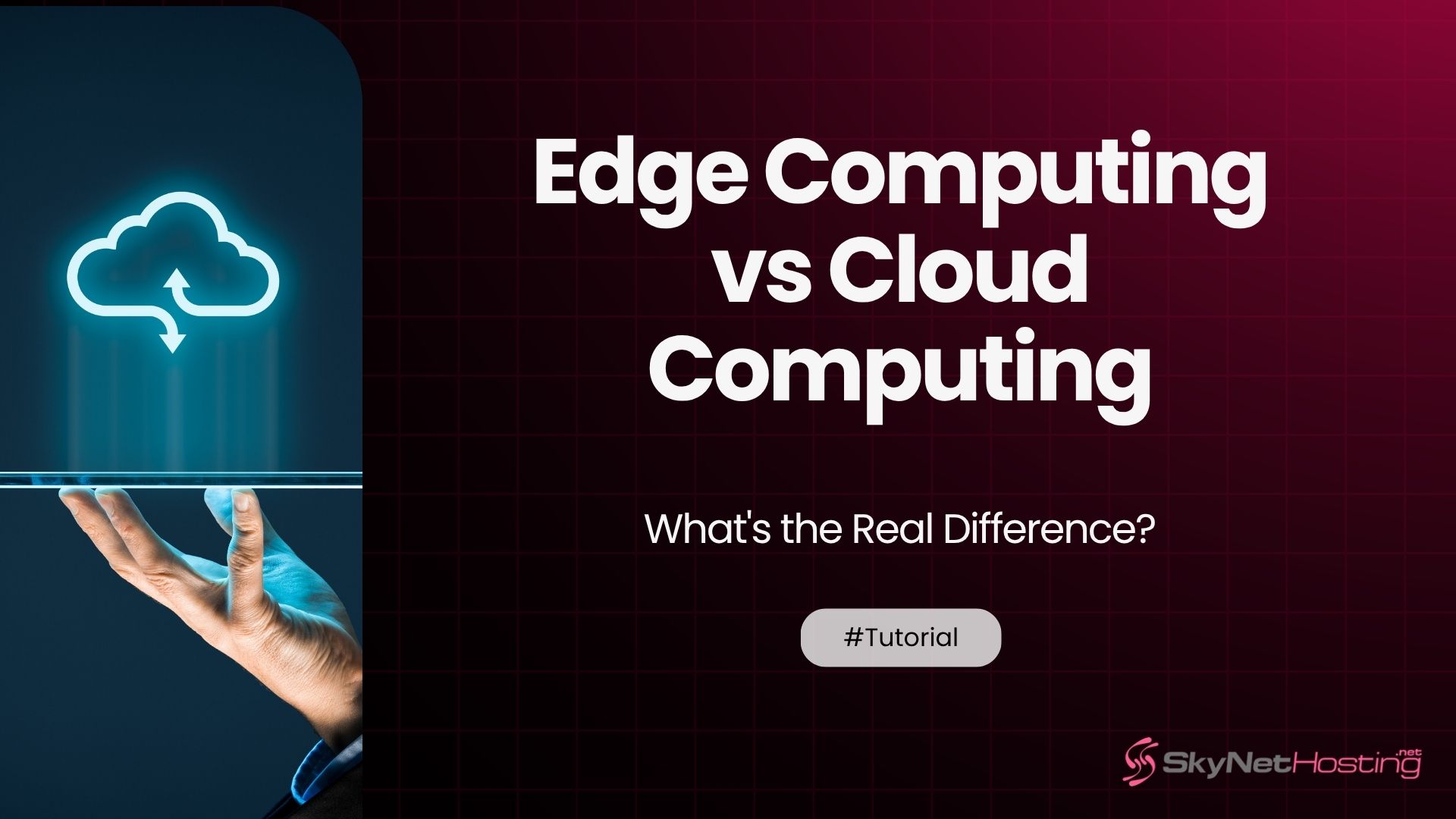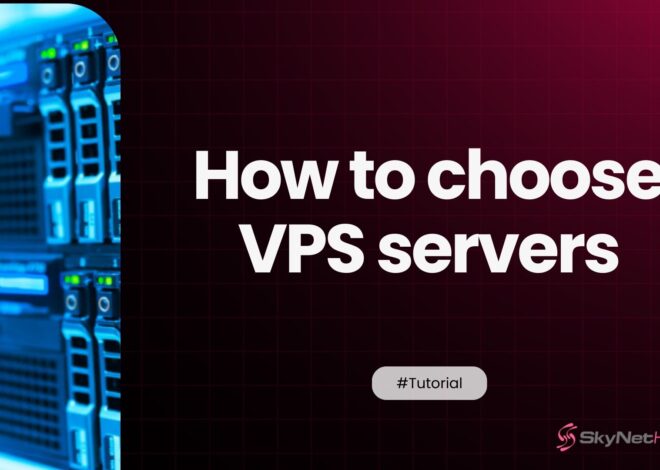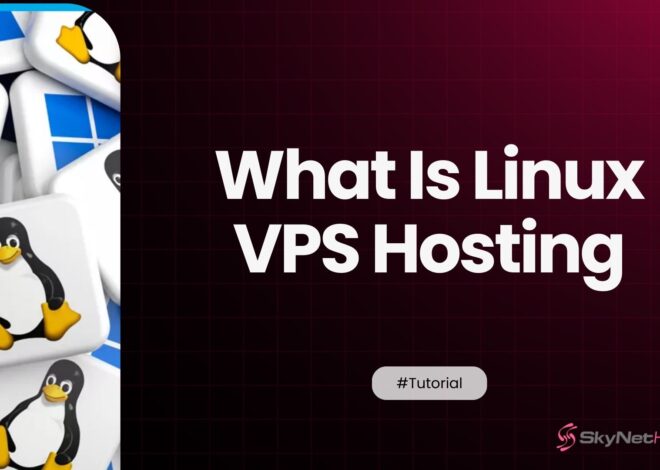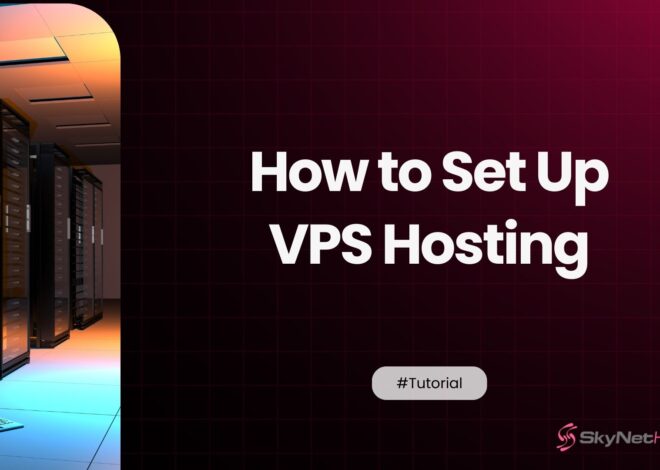
Edge Computing vs Cloud Computing: What’s the Real Difference?
TL;DR
- Edge computing processes data closer to where it’s generated (like IoT devices), while cloud computing relies on centralized data centers for data processing and storage.
- Edge computing minimizes latency and enables real-time responses, making it better for applications like autonomous vehicles, while cloud computing is ideal for tasks needing massive computational power or storage, such as big data analytics.
- Hybrid models that combine edge and cloud computing deliver efficient local processing and centralized storage, offering the best of both worlds.
- Edge computing is limited by local resources but supports offline and ultra-low-latency use cases, whereas cloud computing offers unlimited scalability but depends on stable internet and experiences higher latency.
- Security strategies differ: clouds offer centralized controls and automated updates, while edge introduces more vulnerabilities and requires local device management.
- The future will see more integration between edge and cloud architectures, accelerated by 5G, IoT, AI, and regulatory demands for data privacy and local processing.
Why This Comparison Matters
You’ve probably heard both terms thrown around in tech meetings. Edge computing. Cloud computing. But what do they actually mean?
Understanding the difference between edge and cloud computing isn’t just tech jargon. It’s crucial for making smart infrastructure decisions. Whether you’re building an IoT system or designing a mobile app, choosing the wrong approach can cost you time, money, and performance.
The rise of 5G, artificial intelligence, and Internet of Things devices has made this choice even more important. Your decision affects everything from user experience to security to costs.
Let’s break down what each technology really does. And more importantly, when you should use each one.
What Is Cloud Computing?
Cloud computing moves your data and applications to remote servers. Think of it as renting space in someone else’s massive data center.
The core principle is simple. Instead of running everything on your local computer, you access resources over the internet. These resources include storage, processing power, and software applications.
Key components make cloud computing work:

- Data centers house thousands of servers in locations worldwide. Companies like Amazon, Microsoft, and Google operate these facilities.
- Virtualization lets one physical server act like multiple virtual machines. This maximizes efficiency and reduces costs.
- Scalability means you can increase or decrease resources based on demand. Need more storage? Add it instantly. Traffic spike? Scale up processing power.
Popular cloud platforms include Amazon Web Services (AWS), Microsoft Azure, and Google Cloud Platform. Each offers similar services with different pricing and features.
The beauty of cloud computing lies in its accessibility. You can access your data from anywhere with an internet connection.
What Is Edge Computing?
Edge computing brings data processing closer to where it’s generated. Instead of sending everything to distant cloud servers, computation happens near the source.
Think of your smartphone. When you use voice recognition, some processing happens right on your device. That’s edge computing in action.
Edge computing reduces latency by cutting travel time. Data doesn’t need to make a round trip to distant servers. Processing happens locally or at nearby edge nodes.
This approach also reduces network load. Less data travels across the internet. This saves bandwidth and improves overall network performance.
Real-world examples show edge computing’s power:

- Smart cameras analyze video feeds locally. They can detect faces or suspicious activity without sending footage to the cloud.
- Autonomous vehicles make split-second decisions using onboard computers. They can’t wait for cloud servers to tell them to brake.
- IoT gateways process sensor data from multiple devices. They filter and aggregate information before sending summaries to the cloud.
Edge computing excels when speed matters more than processing power.
Key Differences Between Edge and Cloud Computing
| Factor | Cloud Computing | Edge Computing |
|---|---|---|
| Location | Remote data centers | Close to data source |
| Latency | Higher (50-100ms+) | Ultra-low (1-10ms) |
| Scalability | Virtually unlimited | Limited by local resources |
| Connectivity | Requires stable internet | Works offline |
| Processing Power | Massive computational resources | Limited local processing |
| Data Privacy | Data travels over networks | Data stays local |
| Maintenance | Managed by cloud provider | Local device management |
| Cost Structure | Pay-as-you-use | Higher upfront investment |
The difference between edge and cloud computing boils down to location and trade-offs. Cloud offers unlimited resources but higher latency. Edge provides speed but limited processing power.
Edge Computing vs Cloud Computing: Use Cases
Different applications suit different computing models.
Cloud computing excels for:
Data storage and backup solutions. Cloud providers offer virtually unlimited storage with built-in redundancy.
AI model training requires massive computational resources. Cloud platforms provide GPU clusters perfect for machine learning workloads.
Scalable web applications benefit from cloud elasticity. Traffic spikes won’t crash your servers when you can instantly add resources.
Edge computing advantages shine in:
Smart city applications need real-time responses. Traffic lights can’t wait for cloud servers to optimize traffic flow.
Real-time video analytics require immediate processing. Security cameras must detect threats instantly, not seconds later.
Autonomous systems make life-or-death decisions. Self-driving cars, drones, and robots need edge processing for safety.
Hybrid approaches combine both:
Autonomous vehicles use edge computing for immediate decisions like braking. But they upload driving data to the cloud for long-term learning and updates.
This combination maximizes both speed and intelligence.
Pros and Cons of Each Architecture
Cloud computing benefits:
Unlimited scalability lets you handle any workload. Start small and grow without infrastructure limits.
Cost efficiency comes from shared resources. You only pay for what you use.
Automatic updates and maintenance reduce IT overhead. Cloud providers handle security patches and hardware upgrades.
Global accessibility means users worldwide get consistent performance.
Edge computing advantages:
Ultra-low latency enables real-time applications. Milliseconds matter for gaming, AR/VR, and industrial automation.
Offline capability keeps systems running during network outages. Critical applications don’t depend on internet connectivity.
Enhanced privacy keeps sensitive data local. Personal information doesn’t travel across networks.
Reduced bandwidth costs come from local processing. Less data transfer means lower network bills.
Trade-offs exist for both:
Cloud computing requires stable internet connections. Poor connectivity ruins user experience.
Edge computing has limited processing power. Complex AI models may not run on edge devices.
Cloud offers better disaster recovery. Edge devices can fail without redundant systems.
Edge provides better real-time performance. Cloud excels at batch processing and analysis.
Edge and Cloud: Can They Work Together?
Yes, they absolutely can. Hybrid architectures combine the best of both worlds.
Distributed cloud models bring cloud services closer to users. This reduces latency while maintaining cloud benefits.
Real-world examples show this cooperation:
- AWS Wavelength embeds AWS compute services within telecom networks. Applications get cloud scalability with edge-like latency.
- Azure IoT Edge runs cloud services on local devices. It processes data locally but syncs with the cloud for updates and analytics.
- Google Cloud IoT Core connects edge devices to cloud analytics. Devices collect data locally while the cloud provides insights.
Future trends point toward federated computing models. Processing will happen at multiple levels – device, edge, and cloud – based on specific needs.
5G networks will accelerate this trend. Ultra-fast wireless connections blur the line between edge and cloud computing.
Security in Edge vs Cloud Computing
Security approaches differ significantly between architectures.
Cloud security model:
Centralized control makes security management easier. Cloud providers employ security experts and follow strict compliance standards.
Encryption protects data in transit and at rest. Advanced threat detection monitors for suspicious activity.
Regular security updates happen automatically. Patches deploy across all systems simultaneously.
Edge security challenges:
Device-level vulnerabilities multiply attack surfaces. Each edge device becomes a potential entry point.
Update management becomes complex. Coordinating security patches across thousands of edge devices is difficult.
Physical security matters more. Edge devices in remote locations face theft or tampering risks.
Mitigating risks in hybrid architectures:
Zero-trust security models verify every connection. Trust nothing, verify everything.
Device authentication ensures only authorized edge devices connect to cloud services.
Encrypted communication protects data traveling between edge and cloud systems.
Regular security audits identify vulnerabilities across the entire architecture.
Future Outlook: Edge vs Cloud in the Next 5 Years
Both computing models will grow, but in different directions.
Edge computing growth drivers:
5G networks enable new edge applications. Ultra-low latency unlocks augmented reality, autonomous vehicles, and industrial automation.
AI at the edge becomes more powerful. Specialized chips bring machine learning to small devices.
Privacy regulations push processing closer to users. GDPR and similar laws favor local data processing.
Cloud computing evolution:
Big data analytics will remain cloud-centric. Complex analysis requires massive computational resources.
AI model training scales up in the cloud. New models need increasingly powerful hardware.
Backup and disaster recovery stay in the cloud. Centralized storage provides better protection.
Federated models emerge:
Processing will distribute across multiple tiers. Simple decisions happen at the edge. Complex analysis moves to the cloud.
Edge-AI will handle routine tasks. Cloud-AI will tackle sophisticated problems.
Seamless integration between edge and cloud becomes standard. Applications will automatically choose the best processing location.
Making the Right Choice for Your Needs
The edge computing vs cloud computing decision isn’t either-or anymore. It’s about finding the right balance.
Start by analyzing your requirements. Do you need real-time responses? Edge computing wins. Need unlimited scalability? Cloud computing excels.
Consider hybrid architectures for complex applications. Use edge for immediate decisions and cloud for long-term storage and analysis.
The future belongs to intelligent distribution. Processing will happen where it makes the most sense – sometimes at the edge, sometimes in the cloud, often in both places.
Choose based on your specific needs, not on trending buzzwords. Both technologies will continue evolving and working together to power our digital future.
FAQs: Edge vs Cloud Explained
Is edge computing replacing cloud computing?
No, edge computing complements cloud computing. Each serves different needs. Edge handles real-time processing while cloud manages complex analytics and storage.
Which is faster, edge or cloud?
Edge computing offers lower latency for immediate responses. Cloud computing provides higher throughput for large-scale processing. Speed depends on your specific use case.
Do I need both edge and cloud for my application?
Many modern applications benefit from hybrid approaches. Use edge for real-time decisions and cloud for data storage and complex analysis. Evaluate your latency, processing, and scalability requirements.
What industries benefit most from edge computing?
Manufacturing, healthcare, autonomous vehicles, smart cities, and gaming see the biggest edge computing advantages. Any industry requiring real-time responses benefits from edge processing.



